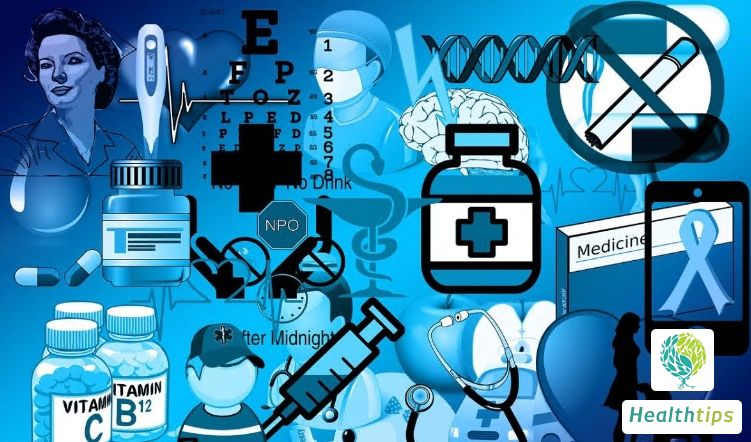Is there a risk associated with rectal bleeding in leukemia patients?
Life-Threatening Risks of Rectal Bleeding in Leukemia Patients

Whether rectal bleeding in leukemia patients poses a life-threatening risk depends on specific circumstances. If the bleeding is minimal and self-limiting, it generally poses no danger; however, significant bleeding, uncontrollable bleeding, or bleeding accompanied by other complications may be hazardous.
Symptoms Not Life-Threatening
1. Minimal Bleeding: If the rectal bleeding is minimal and does not cause anemia or other discomforting symptoms, no special treatment is typically required. Taking hemostatic medications under medical supervision can alleviate the condition.
2. Self-Limiting: If the rectal bleeding results from anal fissures caused by constipation, it can gradually resolve with improved dietary and lifestyle habits, posing minimal risk to the body.
Symptoms Potentially Life-Threatening
1. Significant Bleeding: Large or prolonged bleeding can lead to hemorrhagic shock, thereby endangering the patient's life.
2. Uncontrollable Bleeding: In some severe cases, patients may experience bone marrow suppression, resulting in abnormal coagulation function. This can cause uncontrollable heavy bleeding during bowel movements, accompanied by symptoms like dizziness and palpitations, significantly increasing the risk of mortality.
Apart from the above reasons, rectal bleeding in leukemia patients can also be caused by massive gastrointestinal bleeding, among other factors. It is crucial to seek medical attention promptly for diagnosis and treatment.



















